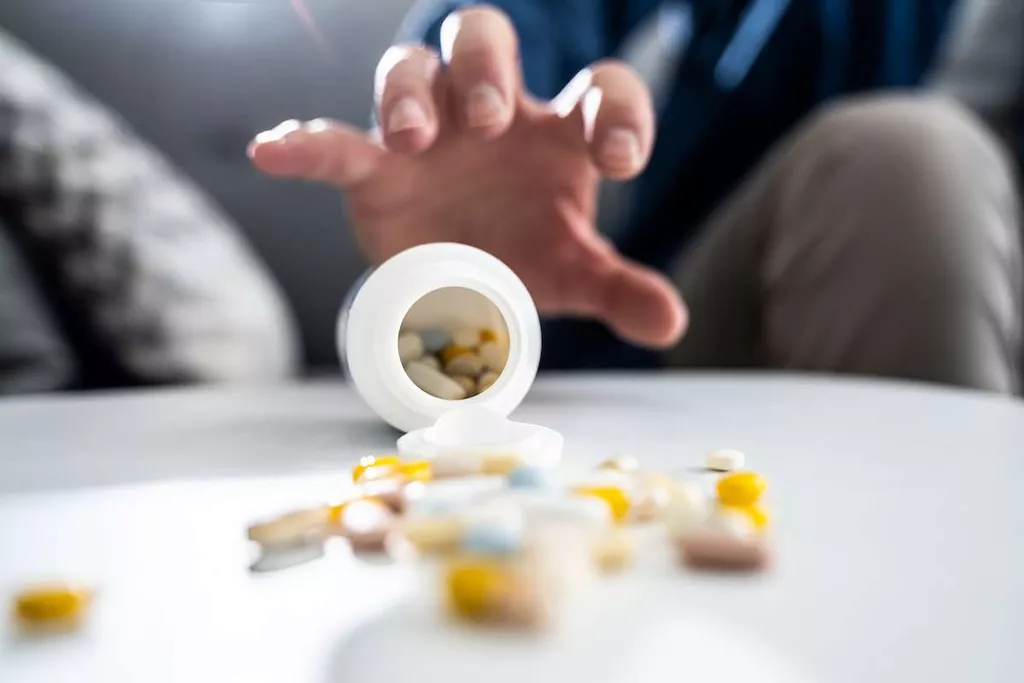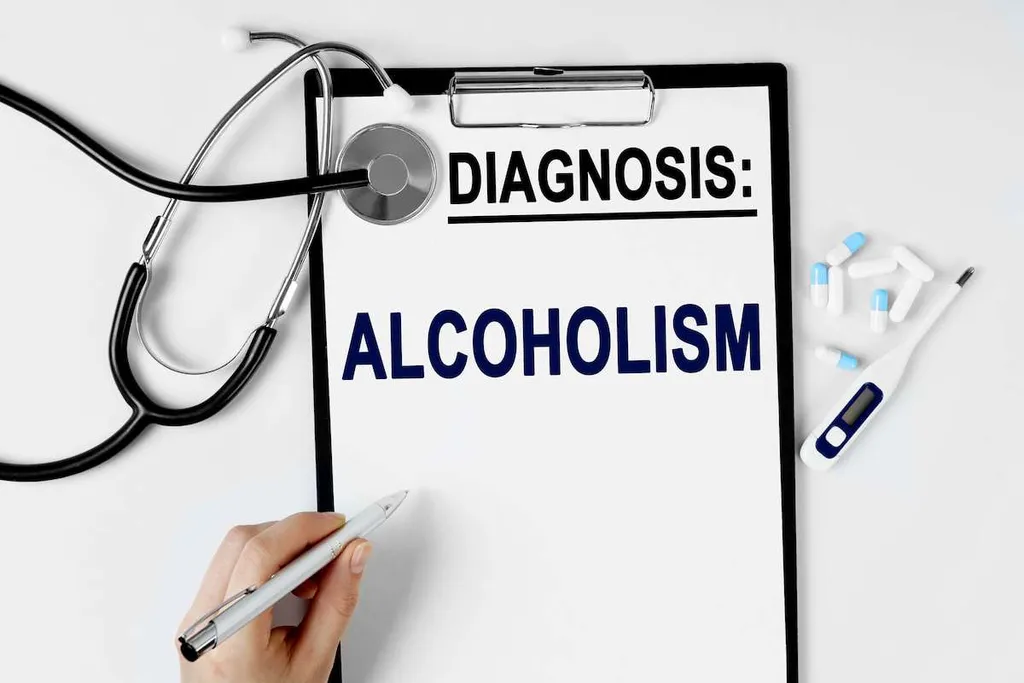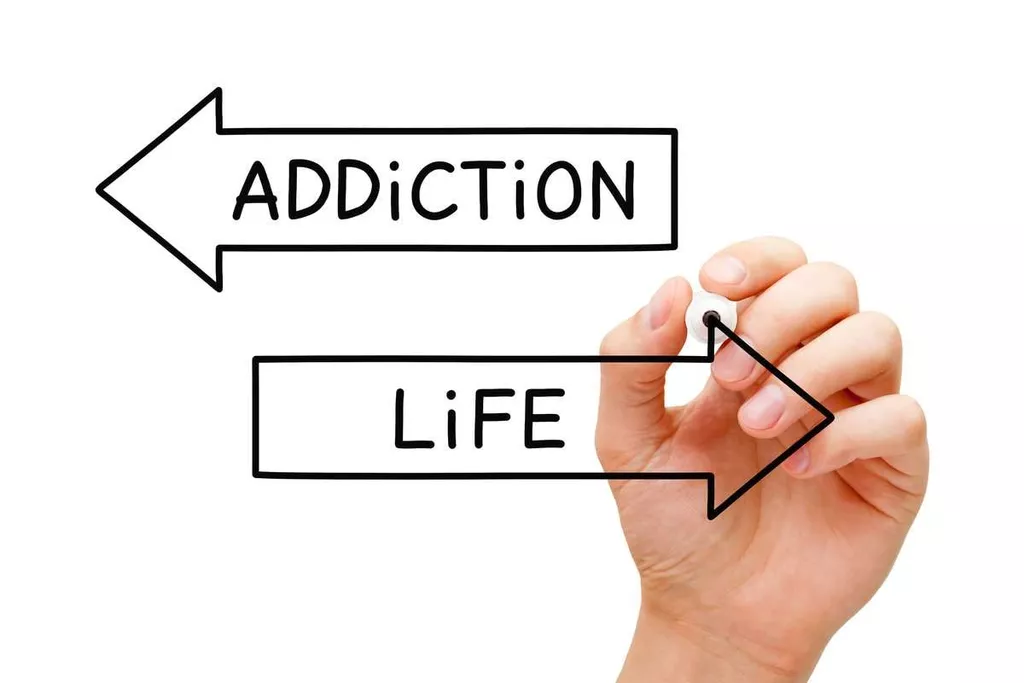Drugs, Brains, and Behavior: The Science of Addiction: Drugs and the Brain

All psychoactive drugs can activate the mesolimbic DA system, but the DA system is not the only system involved in the positive reinforcement network in the NAc. Previous research about the neurobiochemisty of alcohol dependence has focused on the DA system, but many of the findings have been contradictory. Further research aimed at clarifying the interaction between the DA system, the glutamatergic system and other neurotransmitter systems is needed before it will be possible to improve the effectiveness of interventions for preventing and treating alcohol dependence. Medical addiction treatment options, such as medication-assisted treatment, target dopamine levels in the brain to aid in recovery. Therapy and counseling also play a crucial role in addiction recovery, helping individuals understand and manage their dopamine levels, as well as address underlying issues that may contribute to addiction.
The dopamine system and brain reward circuitry
Opioid peptide antagonists act primarily on a brain area where dopaminergic neurons that extend to the NAc originate. These observations indicate that alcohol stimulates the activity of endogenous opioid peptides, leading indirectly to the activation of dopaminergic neurons. Opioid peptide antagonists would interfere with this process, thereby reducing dopamine release. Dopaminergic neurons that relay information to the NAc shell are extremely sensitive to alcohol.
Follow us on social media

Newer dopamine agents, such as partial agonists and dopamine stabilizers, attenuate alcohol‐mediated behaviours in rodents as well as humans. Preclinical as well as clinical studies have shown that substances indirectly targeting the mesolimbic dopamine system may be potential targets for attenuation of alcohol reward. Given its role in movement control, the function of nigrostriatal DA in the context of Parkinson’s disease (PD) models has driven most research investigations.
Activity Boundaries
During this period, you might feel less motivated and find it hard to enjoy things you once did. It occurs naturally in our bodies, and we can’t directly take it as a food or drug. However, it may be possible to get addicted to any activity that increases our dopamine levels. Dopamine is a neurotransmitter—or brain chemical—that people sometimes call the “feel good” hormone. That’s because when we do things that trigger the release of dopamine, we feel good.
- One significant consideration is Post-Acute Withdrawal Syndrome (PAWS), a set of persistent withdrawal symptoms that can last for months or even years after quitting alcohol.
- Despite its positive correlation, some studies have produced contradictory results.
- Within the mesostriatal pathway, DA release evoked by drugs occurs via multiple mechanisms that impinge on VTA cells and their axon terminals (Ritz et al., 1987; Thomas et al., 2008; Volkow et al., 2009; Mark et al., 2011; Ford, 2014; Lammel et al., 2014).
- Human and rodent experimental studies show that dopamine receptor antagonists, agonists and partial agonists as well as dopamine stabilizers influencing dopamine transmission, alter alcohol‐mediated behaviours and thus may be potential treatment targets for alcohol dependence.
- We also offer other amenities such as dietician-prepared meals, mindfulness-based meditation training, outings, and fitness training.

It can be affected by substance abuse and behavioral addictions, leading to changes in the brain’s reward system and the development of addiction. This feature of mesostriatal control of addiction-like behavior is clear in models of relapse, which is often precipitated by exposure to a cue or location that was previously paired with drug delivery. VTA DA neurons mediate drug-cue induced dopamine and alcoholism relapse behaviors, and drug cues elicit VTA DA activity and DA release in the NAc with cocaine, alcohol, and other drugs (Ito et al., 2000; Phillips et al., 2003; Aragona et al., 2009; Ostlund et al., 2014; Wolf, 2016; Liu et al., 2020). Under periods of abstinence, VTA activity and NAC DA release facilitates relapse to cocaine, heroin, and alcohol in the presence of these cues (Shaham et al., 2003; Saunders et al., 2013; Corre et al., 2018; Mahler et al., 2019). Conversely, drug seeking is reduced by inactivation of the mesolimbic pathway (McFarland and Kalivas, 2001; Chaudhri et al., 2009; Saunders et al., 2013; Corre et al., 2018; Mahler et al., 2019; Valyear et al., 2020). These data fit within the framework of mesostriatal DA primarily controlling cue-guided or goal-directed drug seeking motivation.
- Dopamine is a neurotransmitter, a chemical messenger that helps nerve cells communicate.
- They also observe that age 18 to 25 is the peak period of illicit drug use, indicating it is often a developmental disorder, a temporary form of disengagement from life for any number of possible reasons.
- The capacity for neuroplasticity, however, also enables the brain to rewire itself more normally once drug usage is stopped.
- Contingency management, which provides tangible rewards for maintaining sobriety, taps into the brain’s reward system to reinforce recovery-oriented behaviors.
- Second, dopamine can modulate the efficacy with which electrical impulses generated in dopaminergic or nondopaminergic neurons result in neurotransmitter release from the nerve terminals of these signal-emitting (i.e., pre-synaptic) cells.
Challenges During Recovery
A major hypothesis in addiction research is that alcohol induces neuroadaptations in the mesolimbic dopamine (DA) system and that these neuroadaptations represent a key neurochemical event in compulsive drug use and relapse. Whether these neuroadaptations lead to a hypo- or hyperdopaminergic state during abstinence is a long-standing, unresolved debate among addiction researchers. The answer is of critical importance for understanding the neurobiological mechanism of addictive behavior. Here we set out to study systematically the Alcoholics Anonymous neuroadaptive changes in the DA system during the addiction cycle in alcohol-dependent patients and rats. In postmortem brain samples from human alcoholics we found a strong down-regulation of the D1 receptor- and DA transporter (DAT)-binding sites, but D2-like receptor binding was unaffected.
The Brain’s Reward System and Dopamine: A Delicate Balance
In addition, microdialysis studies in freely moving outbred rats show a decreased dopamine output in the NAc, compared to age‐matched alcohol‐naïve controls, following 7 weeks 104 and 10 months 29 of voluntary alcohol consumption. Furthermore, after 10 months of drinking, a blunted dopamine response following a systemic alcohol challenge has been found in long‐term drinking, compared to alcohol‐naïve rats 29. These results indicate that long‐term drinking attenuates the responsiveness of the system to external dopamine stimulation, in addition to decreasing baseline levels of dopamine. One of the most significant long-term effects of alcohol on dopamine is depletion. Initially, alcohol consumption leads to increased dopamine release, but over time, the brain adapts to this frequent stimulation.

1. The brain reward system: the mesocorticolimbic dopamine system
- Engaging in enjoyable, non-addictive activities can provide healthy sources of dopamine release, helping to rewire the brain’s reward system over time.
- The initial pleasurable effects of alcohol, mediated by dopamine, can reinforce drinking behavior.
- These findings were later corroborated by studies showing that rats favoured electrical stimulation in the same specific brain regions, over natural rewards 10.
- These findings support the extensive clinical findings demonstrating that alcohol‐dependent individuals have significant impairments in executive functions such as working memory, impulsivity and decision‐making; functions governed by the cortical brain structures.
- Regular exercise, a balanced diet, adequate sleep, and stress management techniques can all help regulate dopamine levels naturally.
She single-handedly inspired me to undertake this task and the work would not have borne fruition without her support and guidance. Thanks are also due to my mother, Dr. Sharmila Banerjee, without whose support and editorial help, I could not have had the will to complete this work. Furthermore, I would like to state that no financial aid in any form was received for undertaking this work. Recently mutations in the SERT gene, commonly known as 5’- hydroxtryptamine transporter linked polymorphic region (5’-HTTLPR), has been implicated in cases of alcoholism. One mutation is known as the “long” allele and the other mutation is known as the “short” allele. The difference between the two alleles is that the “short” version of the allele has a 44 bp deletion in the 5’ regulatory region of the gene.

However, for severe addictions, evidence-based treatments such as CBT, medication-assisted treatment (MAT), and peer support programs rare proven effective. The sensation of pleasure orchestrated by dopamine likely arose to encourage repetition of behaviors that support individual and species survival—eating, interacting with others, having sex. The high level of direct stimulation by drugs of abuse powerfully encourages repetition. Addiction can be seen as hacking the brain by drugs—a way to create a direct path to feeling good.

